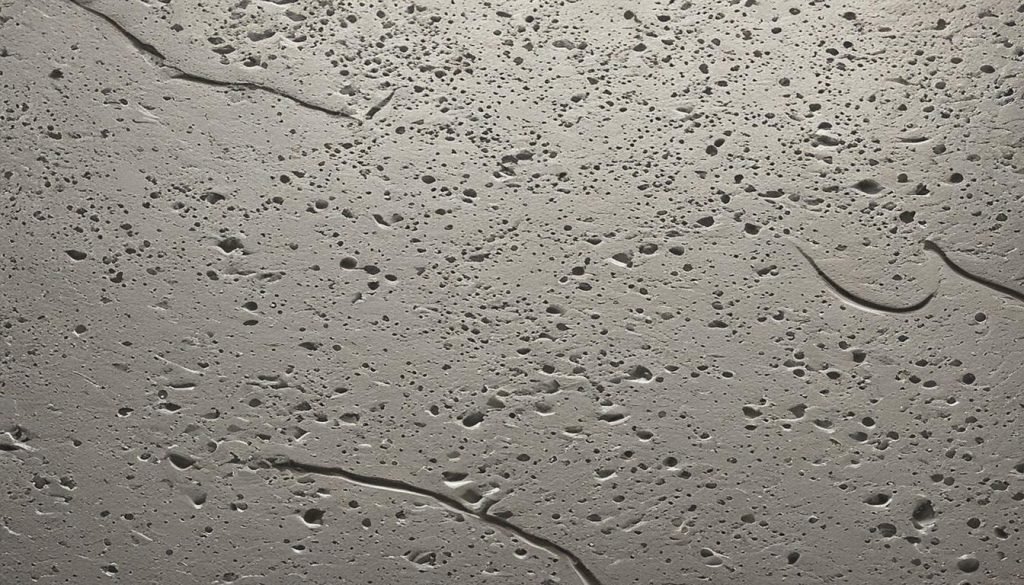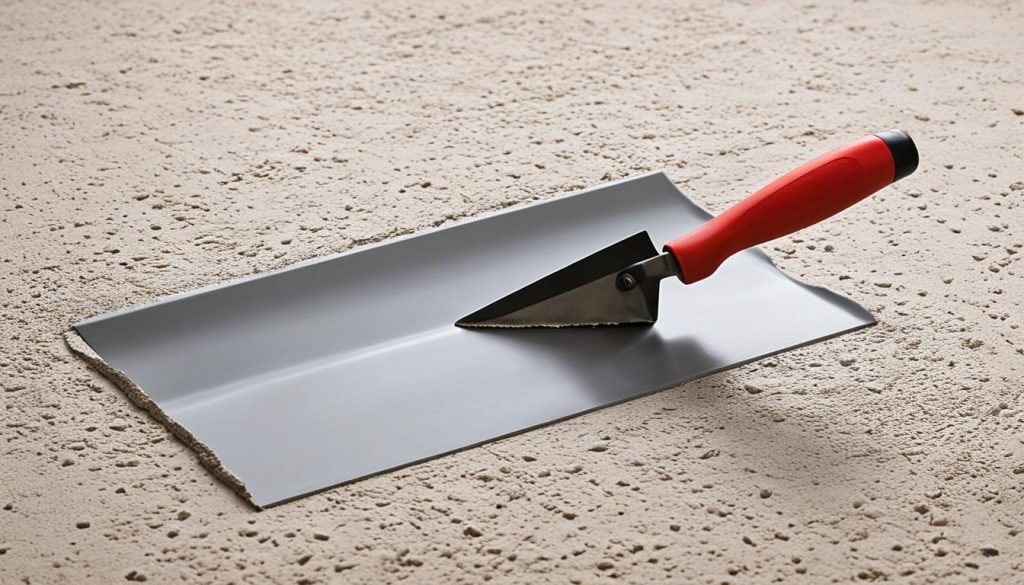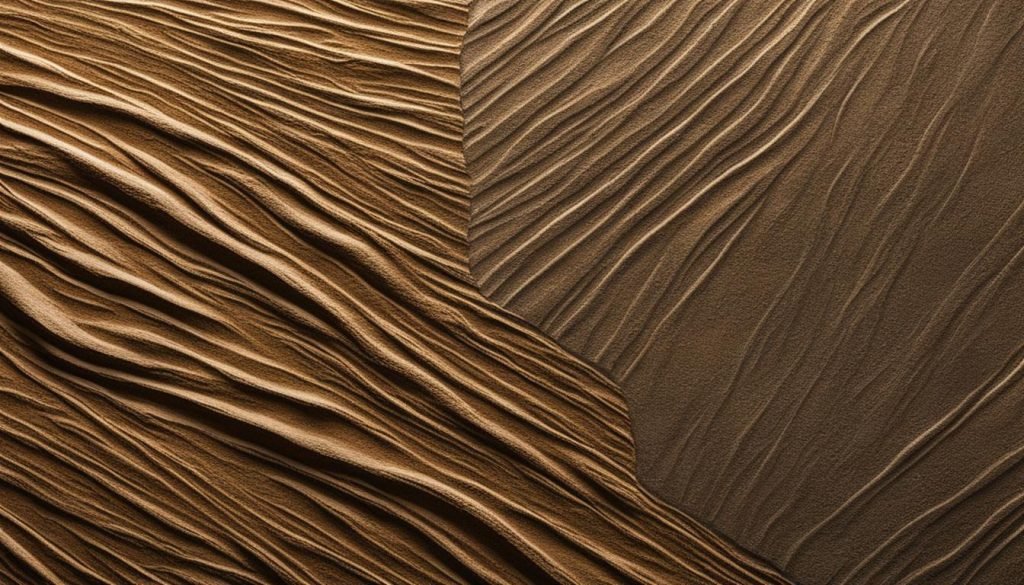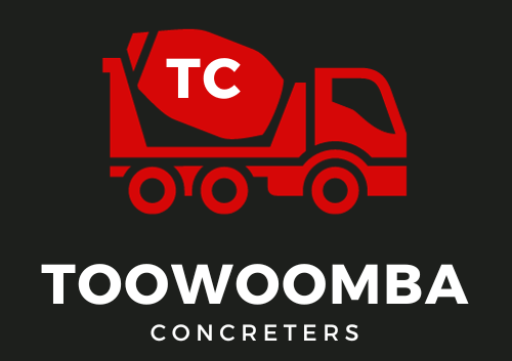
Trowel finish concrete is a popular and versatile option for creating durable and aesthetically pleasing surfaces. This technique involves troweling freshly poured concrete to create a smooth and polished finish. From driveways and patios to floors and walls, trowel finish concrete is used in a wide range of applications. If you need more information, our Leading concreters offering innovative solutions for your building requirements are here to help. Elevate your concrete expertise by exploring this comprehensive guide on How to Do Exposed Aggregate Concrete Driveway: Techniques and Design. Gain valuable insights into techniques and design considerations to achieve a stunning exposed aggregate concrete driveway for your next project.
In this comprehensive guide, we will explore the various techniques and styles associated with trowel finish concrete. Whether you’re a homeowner or a professional contractor, understanding these techniques and styles can help you achieve exceptional results in your projects.
Key Takeaways:
- Trowel finish concrete is a popular and versatile option for creating durable surfaces.
- It involves troweling freshly poured concrete to create a smooth and polished finish.
- There are various techniques and styles associated with trowel finish concrete.
- Understanding these techniques and styles can help you achieve exceptional results in your projects.
- With the right mix design, surface preparation, and troweling methods, you can create a wide range of styles and finishes.
Understanding Trowel Finish Concrete
Before diving into the techniques and styles, let’s first understand what trowel finish concrete is. Trowel finish refers to the smooth and polished surface obtained by troweling freshly poured concrete.
Troweling involves the use of a flat, rectangular tool called a trowel to create a smooth and level surface. This process not only enhances the appearance of the concrete but also improves its durability and performance.
“Trowel finishing is the final step in the concrete slab installation process and makes a significant difference in the final product. It’s important to ensure that the troweling is done correctly to achieve the desired results.”
Techniques for Trowel Finish Concrete
To achieve a perfect trowel finish concrete, there are several techniques that one must follow. Proper surface preparation is the key to a smooth and durable trowel finish. The surface should be clean and free of debris, oil, and other contaminants that can interfere with the bonding of concrete. Additionally, the surface should be adequately wet to prevent the concrete from drying too quickly and cracking.
Correct mix design is also essential to create a workable and long-lasting trowel finish concrete. The mix design should include an appropriate water-to-cement ratio, adequate cement content, appropriate aggregates, and the use of additives, such as plasticizers and accelerators, to improve the workability and durability of the concrete.
Another crucial technique is using proper troweling methods. The trowel should be held at a slight angle and moved in a circular motion to achieve a smooth and level surface. Over-troweling can cause the surface to become too smooth, leading to poor adhesion and increased slipperiness. Under-troweling can result in a rough and uneven surface that is difficult to maintain.
By mastering these trowel finish concrete techniques, you can achieve outstanding results that are both aesthetically appealing and durable. It’s important to follow these techniques to create a flawless finish that will stand the test of time.
Styles of Trowel Finish Concrete
Trowel finish concrete offers an extensive range of styles and finishes that can complement any architectural design. It’s important to consider the desired look and functionality of the surface when choosing a trowel finish style. Some of the popular trowel finish concrete styles are:
| Trowel Finish Style | Description |
|---|---|
| Broom Finish | Trowel finishing followed by broom texturing |
| Swirl Finish | Trowel finishing with a circular oscillating tool to create a swirl pattern |
| Stamped Finish | Trowel finishing with a patterned stamp to create a textured appearance |
Other styles of trowel finish concrete include salt finish, sand finish, and polished finish. The choice of trowel finish concrete styles ultimately depends on personal preference and the intended use of the surface.
Tips for Trowel Finish Concrete
For a successful trowel finish concrete project, here are some valuable tips and best practices to keep in mind:
- Timing is key: Make sure to trowel the surface at the right time, after the concrete has set but before it becomes too hard. This typically falls between 20 and 40 minutes after pouring.
- Maintain consistency: Keep the surface consistently moist as you trowel it to prevent cracking. Use a water spray bottle or a misting nozzle to ensure that the surface stays wet.
- Choose the right trowel: Select the appropriate trowel size and shape for your project. A rectangular, pointed or round-nosed trowel can be used for different styles of trowel finishes.
- Apply pressure: Apply consistent pressure when troweling the concrete surface. Press down firmly with the trowel to achieve a smooth, level finish.
- Pay attention to the edges: Use a smaller trowel or a float to finish the edges of the surface. This will ensure a clean and uniform result.
By following these tips, you can achieve a professional and aesthetically pleasing trowel finish concrete surface.

Steps to Trowel Finish Concrete
Getting a smooth and polished surface for your concrete requires following a series of steps. Here’s an easy step-by-step guide to trowel finish concrete:
- Surface preparation: Before pouring your concrete, make sure the surface is clean and level. Remove any debris or dirt and ensure the surface is moist for better bonding with the concrete.
- Pouring the concrete: Mix the concrete according to the instructions and pour it on the prepared surface. Use a screed to level and smooth out the surface.
- Bull floating: Once the concrete is partially set, use a bull float to level any high spots and fill any low spots.
- Edging: Use an edger to round off the edges of the concrete surface, giving it a finished look.
- Floating: Use a float to smooth out the concrete surface, eliminating any bumps or ridges that may have formed.
- Troweling: Once the concrete surface is firm and still workable, begin troweling with a steel trowel. Start from the farthest corner of the surface and move towards the exit.
- Finishing Touches: As the concrete starts to harden, use a hand trowel to smooth out any rough areas that could not be fixed earlier.
Remember to wait for the concrete to dry before stepping or walking on it. This will usually take around 24 to 48 hours, depending on the weather conditions.
Types of Trowel Finish Concrete
Trowel finish concrete not only provides durability but also an opportunity to customize your surface for unique appeal. There are two main types of trowel finish concrete, colored and exposed aggregate.
Colored Concrete
Colored concrete provides an excellent opportunity to add color to your project without needing any other finishing. Pigments can be added directly to the concrete during the mixing stage, or color hardeners can be applied after the troweling is completed. This option gives you versatility in creating a color, shade or texture in your surface which might not be possible in traditional poured concrete.
Exposed Aggregate Concrete
Exposed aggregate is another popular type of trowel finish concrete that creates a textured and non-slip surface through the use of aggregate materials like pebbles, stones, and shells. The aggregate is added to the surface of the fresh concrete while troweling and then washed off to reveal a unique pattern that can help enhance the overall aesthetic appeal of the surface.
In addition to these types, polished concrete is another popular option that can be achieved by troweling a surface multiple times with specific polishing compounds and helps create a smooth finish with a glossy look.

Modern Trends in Trowel Finish Concrete
As with any industry, the world of trowel finish concrete is constantly changing to meet the demands of modern design trends. Keeping up with the latest techniques and styles can be challenging, but it’s essential for creating fresh and contemporary looks. Here are some of the latest trends in trowel finish concrete:
- Geometric patterns: Adding geometric patterns to trowel finish concrete can create a bold and eye-catching statement. Popular patterns include hexagons, diamonds, and chevrons.
- Overlay systems: Overlay systems are becoming increasingly popular for resurfacing old concrete. These systems involve applying a thin layer of trowel finish concrete over the existing surface to create a new look without the need for complete replacement.
- Metallic finishes: Metallic finishes are a newer trend in trowel finish concrete, offering a modern and industrial look. Copper, bronze, and silver are popular metallic options.
- Textured finishes: Adding texture to trowel finish concrete is another emerging trend. Textured finishes can range from subtle to dramatic and can create interest and dimensionality.
- Eco-friendly options: With sustainability becoming more important in construction, eco-friendly trowel finish concrete options are gaining popularity. Recycled glass, fly ash, and other materials can be added to concrete mixes to reduce environmental impact.
These are just a few of the current trends in trowel finish concrete, but there are many more to explore. Incorporating these modern elements into your projects can help you create unique and visually stunning designs.
Conclusion
In conclusion, trowel finish concrete offers a wide range of techniques and styles that can enhance the durability and aesthetic appeal of your surfaces. By understanding the different types, surface preparation, proper mix design, troweling methods, and finishing touches, you can achieve outstanding results for your projects. Additionally, by keeping in mind the valuable tips and best practices, you can ensure a successful trowel finish concrete project. Remember, Toowoomba Concreters is always here to help you achieve professional results that meet your specific project needs. Contact us at (07) 4520 1314 for all your concrete needs.
FAQ
What is trowel finish concrete?
Trowel finish concrete refers to the smooth and polished surface obtained by troweling freshly poured concrete. It involves using a flat tool called a trowel to create a level and aesthetically pleasing surface.
What are the techniques for achieving a trowel finish concrete?
To achieve a perfect trowel finish concrete, proper surface preparation, correct mix design, and appropriate troweling methods are essential. The process involves leveling and smoothing the concrete surface with a trowel.
What are the different styles of trowel finish concrete?
Trowel finish concrete offers a variety of styles and finishes, including smooth and sleek, textured, and decorative options. Some popular styles include broom finish, swirl finish, and stamped finish.
What are some tips for trowel finish concrete?
To achieve exceptional results, it is important to follow certain tips. These include timing the troweling process, using proper technique and equipment, maintaining the right consistency, and allowing for proper curing and finishing.
What are the steps involved in trowel finish concrete?
Trowel finish concrete follows a series of steps that include surface preparation, pouring the concrete, troweling, and applying finishing touches. Each step is crucial to achieving a smooth and polished surface.
What are the different types of trowel finish concrete?
There are several types of trowel finish concrete, including colored concrete, exposed aggregate, and polished concrete. Each type has its own unique characteristics and applications.
What are some modern trends in trowel finish concrete?
Trowel finish concrete continues to evolve, with new techniques and styles emerging to meet modern design trends. Some current trends include using innovative mix designs and incorporating decorative elements into the finish.



